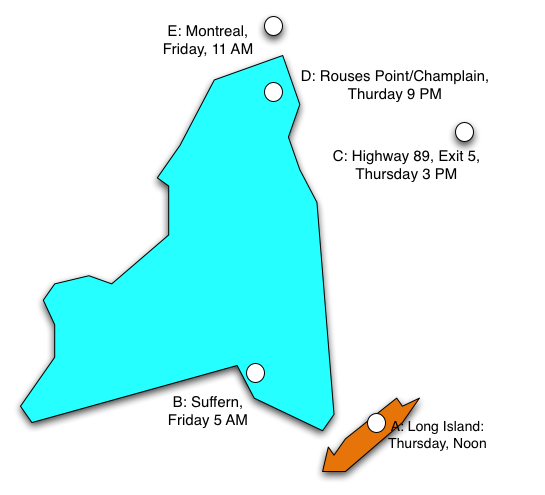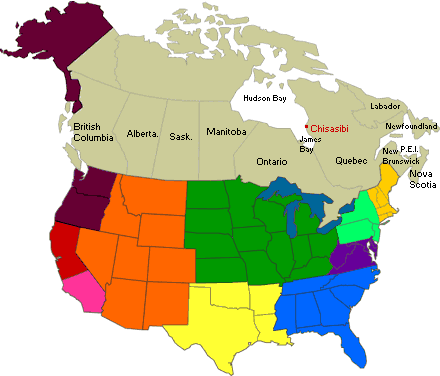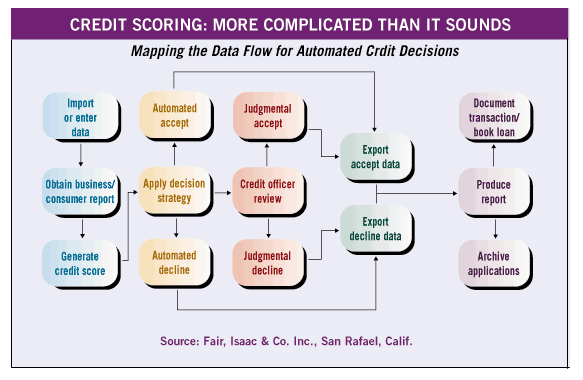Winter driving report
Location: Sandy Hook Manitoba Ca
Extreme cold temp. report
The over night lows here are hitting -30F and with the windchill it feels like
-45F
My MC starts every time,first time,with no block heater.
North American Motoring
Join Date: Mar 2004
Location: Sandy Hook Manitoba Ca
Posts: 3,359
The over night lows here are hitting -30F and with the windchill
it feels like -45F
But it's a dry cold,humidity is around 40%.
My MC starts every time, first time,with no block heater.I do
have a trickle charger that plugs into the cig. lighter, keeps the
battery topped up,and warm.
I make sure I turn off everything at shut down,heater
fan,radio,and that the e-brake is on,so the DRLs are off. I find it
cranks alittle slower than normal, but catches everytime. Idle is
rougher than normal for about 15 seconds. Then it levels out at about
1200RPM, I hold the clutch in for about 30 seconds or so,the car
stalled once last winter after I let the clutch out to fast, the
tranny oil is thick at these temps. Then I slowly let the clutch out
and keep the idle up till the pedal is fully released, it is a bit
noisy, but that goes away after things start moving.
Then I turn on the heater fan, seat heat,never use high setting,
rear defog, and the AC to dry the air to help clear the windows.At
these temps. I let the car warm up for between 5-10 min.But I have
driven away once I'm buckled up,and the car just drives away.
Now I do keep revs below 3000RPM until the car is up to normal
operating temp.
The Pirelli Snowcontrols don't seem to get "square wheel" as bad
as the all seasons I ran last winter,could be that they run at 44PSI.
The cockpit is very warm,all the windows are clear,and the little guy
still goes like snot.
Now there are a few new rattles,but at these temps. I rattle too.
But with the heater blasting,radio going over that,not to mention
paying attention to the ice and snow,I don't really hear them.
The MPG tank at these temps. I fill my tank at 1/2 empty
normally, and I usually go 400KMs by then.At these temps I get between
300-325KMs at 1/2 a tank.Warm-up,wheel spin,and plowing through snow
play into this,but the cold temps cause bearings to freeze up,and I'm
sure that it is harder for the car to run at these temps period.
This car works great at these temps,and I feel safe on my hour
highway commute in it.






